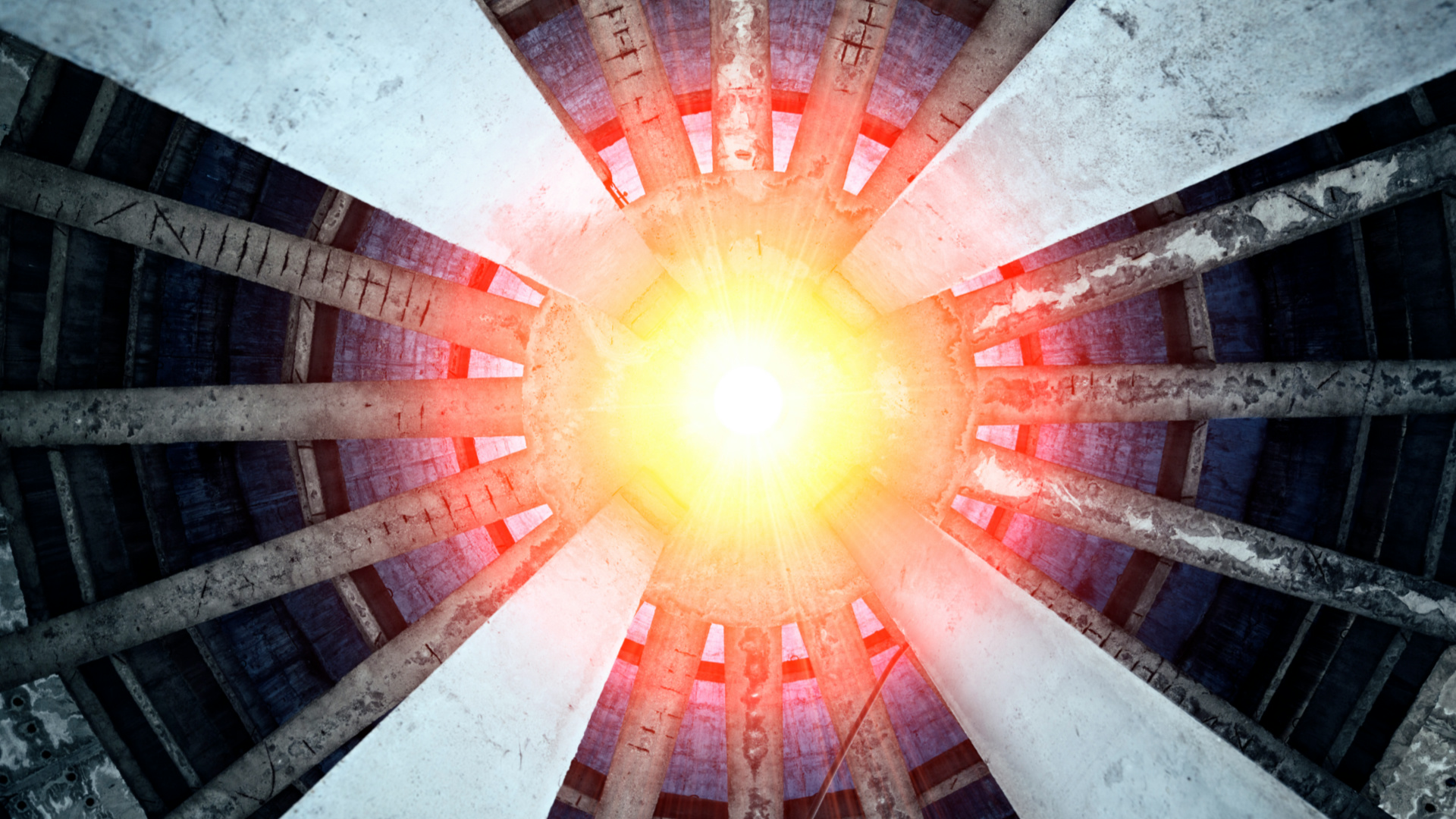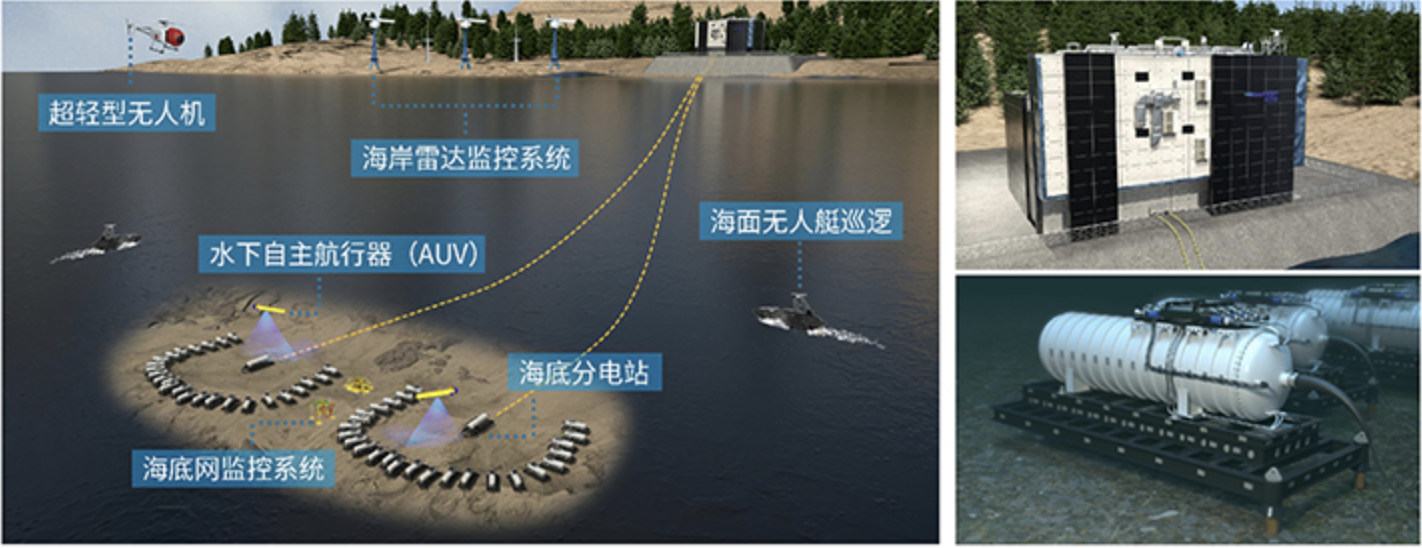Subsea Data Center: Highlander Emerges at MWC 2024 While Microsoft Shelved their Project
With the continuous development of artificial intelligence, the demand for data, algorithms and computing power has exploded, and datacenters as the basic carrier are also facing tremendous pressure. It is estimated that data centers account for 3% of global electricity consumption in 2023, and it is expected to reach 4% by 2030.The average annual power consumption of hyperscale facilities is 20 to 50 megawatts, which is theoretically enough to power 37,000 homes.
How to increase the process of green upgrades and increased utilization of renewable energy while improving energy efficiency is the key to the sustainable development of the data center industry. In this issue, we will discuss the latest progress of submarine data centers.

On June 25, 2024, according to an interview with the head of Microsoft’s cloud computing operations, Microsoft quietly shelved its submarine data center project known as “Project Natick”.
Meanwhile, the world’s first commercial undersea data center developed by Highlander has been running smoothly for nearly a year since it was officially put into operation at the end of March last year. It provides data storage and computing services for internet companies. Highlander also participated in the MWC 2024 World Communications Conference.
Microsoft Undersea Data Center
Let’s briefly introduce the project of Microsoft, the pioneer of undersea data centers. The project was first launched in 2013. The prototype was completed in 2015. Microsoft conducted a four-month experiment in California. After finding it feasible, it officially launched Project Natick.
In June 2018, Microsoft sank a data center with a length of 12 meters, and a diameter of about three meters into the seabed of Scotland. This data center is loaded with 855 servers and is ready for a 5-year-long reliability testing.
Although Microsoft’s project has been shelved, according to the analysis of Datacenter Dynamics, only 6 of the 855 servers encapsulated in the underwater shell failed, while 8 of the 135 land servers used by Microsoft as a control failed. In percentage terms, the underwater failure rate of 0.7% is significantly less than the land failure rate of 5.9%.
Why Build an Undersea Data Center?
One of the most important reasons given by Microsoft is that undersea data centers reduce costs. According to statistics, the annual energy consumption cost of global data center accounts is 30% to 50% of the entire IT industry. Many data centers spend a lot of money to buy air conditioners or fans for cooling. Putting the data center in seawater can solve the most basic heat dissipation problem of servers. Because the mass of seawater is large, the flow is wide and the temperature is very low, the server can solve the heat dissipation problem by using the surrounding water flow.

Additionally, undersea data centers are more environmentally friendly, using wave power to provide more clean and sustainable energy for the servers. Despite so many advantages, undersea data centers also bring a series of challenges, including how to deal with the erosion of seawater on the data center, solve the additional difficulties of connecting to the power infrastructure, and how to repair the machines in the data center.
Microsoft, while not giving a clear reason for the suspension, said they are currently focusing on researching how to use robotics to improve data center operations. In addition, Microsoft is also studying other ways to power data centers, such as modular nuclear reactors.

Let’s take a look at what Highlander has done to successfully operate the world’s first commercial undersea data center.
Highlander Undersea Data Center
From a technical point of view, Highlander uses the same undersea data center technology as Microsoft, from an internationally renowned subsea technology company called OceanWorks International in British Columbia, Canada. The company specializes in designing and manufacturing manned/unmanned submarine systems and special equipment for the military, oil and gas, scientific research and other marine markets, and provides a full range of underwater system engineering, design and analysis, manufacturing, testing and project management services. It has been at the world’s forefront of deep diving and diving technology, operations and support for more than 20 years.

At the end of March 2023, the world’s first commercial subsea data center developed by Highlander entered the sea in Hainan and was officially launched. The core equipment of the subsea data center, “submarine data cabin”has an application depth of more than 30 meters, weighs 1,300 tons, equivalent to about 1,000 cars, and has a tank diameter of 3.6 meters. It is currently the world’s biggest submarine data cabin.
How to put such a large data cabin on the seabed? Highlander chose to join forces with Offshore Oil Engineering, a subsidiary of CNOOC with over 40 years of experience. Offshore Oil Engineering built a large tank for use at a depth of 300 meters as the main cabin of the submarine data center.
In addition, Highlander also solved the problems of sealing safety and unmanned maintenance of the submarine data center. For example, seawater corrosion and microbial attachment, as well as leaks caused by water pressure, can allow seawater to enter the data cabin and cause equipment failure.

In terms of maintenance, Highlander divides the maintenance issues into two modules: inside the cabin and outside the cabin. Redundant backup is performed for the IT electromechanical and power supply parts inside the cabin. For the HVAC electromechanical equipment outside the cabin is also backed up, and divers can quickly replace it underwater.
Compared with Microsoft’s solution, Highlander’s solution also solves the problem of natural cooling of seawater in high seawater temperature areas. Although in 2022, Highlander and its four subsidiaries were included in the Entity List by the United States, this also proves its advanced technology.




